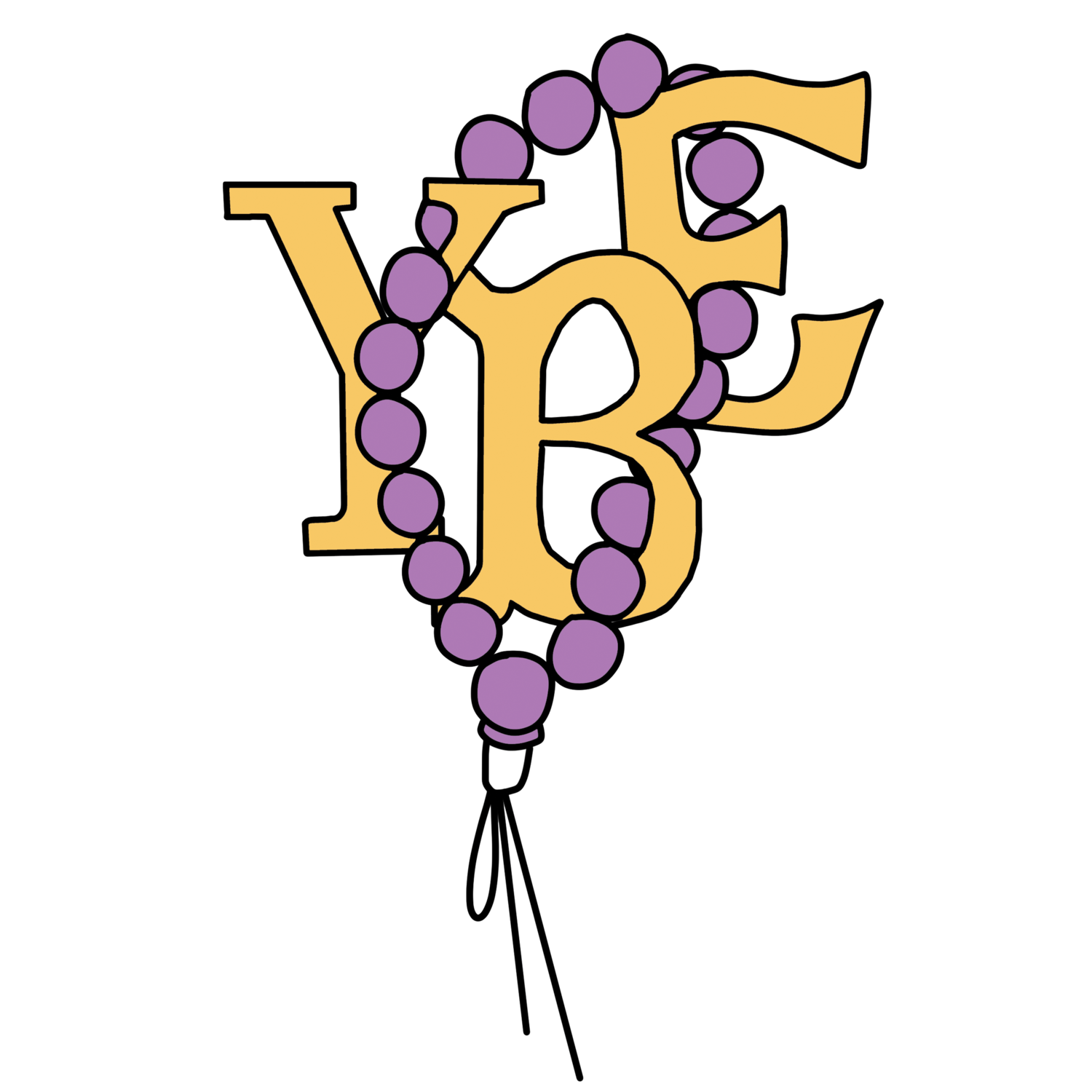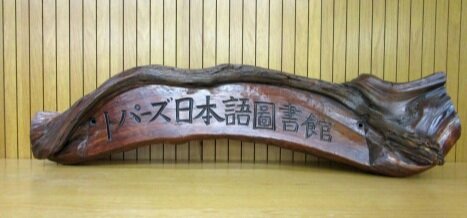The Topaz Japanese Library
Contributed by Setsuko Ogami
In the uncertain days following Japan’s attack on Pearl Harbor, we waited nervously for the FBI to ring our doorbell and take my dad away.
My dad was Shichinosuke Asano, the Japanese editor of the bilingual Nichi Bei Shimbun (Japanese American News) in San Francisco. We heard that the FBI was arresting all Japanese community leaders, teachers, and anyone with connections to Japan. Dad’s suitcase was packed and ready by the front door.
Surprisingly, they never came, never broke down our walls to see if we had hidden secret documents or other evidence of spy activity. In fact, they needed Dad’s newspaper to keep publishing so that the Japanese in outlying areas could be informed and instructed about the government’s plan to remove us all from the West Coast.
Since Dad had to stay in San Francisco until the last group of evacuees were removed, his wife and four young children had to go ahead to Tanforan Assembly Center in San Bruno, where he joined them weeks later. That was in April 1942; Dad was 48 years old.
Tanforan, a repurposed racetrack, was used to temporarily house the Japanese from the Bay Area. A high chain-linked fence topped by barbed wire prevented our escape, but it also allowed us to see signs of civilization outside—cars, buses, distant buildings, airplanes overhead.
In September we were sent to Topaz. In a barren, desolate area in the middle of a Utah desert, the government built a one-mile square enclosure which became “home” to some 11,000 evacuees for the duration.
My dad, a journalist by profession, suddenly had to become a carpenter in order to make a table, benches, and other necessary furniture for our one-room unit in an Army-style barrack.
The government provided our family with only six Army cots, some Army blankets and a coal-burning stove. Dad also had to tote many bucketsful of coal to keep us warm during those bitterly cold winter months.
At Topaz the Issei (first generation), who had worked hard all their lives, suddenly found themselves crammed into a small space with very little to do and nowhere to go. Many found employment at the mess halls, the hospital, driving trucks and working wherever services were needed. Even so, many were bored and unhappy and soon complaints began to surface.
My dad felt that people needed positive things to occupy their minds and lift their spirits—like a library where people could come and be transported to a world outside the barbed wire through the written word. An empty barrack became the home of the Topaz Japanese Library.
When we had left California, we could only take one suitcase each. Books were a luxury and usually left behind, except perhaps for the Bible or other religious materials. But some people did manage to squeeze in some books. At Tanforan, all books written inJapanese had been confiscated. Later in Topaz, when the Army no longer felt we were athreat, they returned the books. My dad helped to locate the original owners, but many were never claimed. These orphan books found a new home at the Topaz Japanese Library.
“Topaz Japanese Library” carved wooden sign, made by S. Asano. Photographed by Ria Koopmans-de Bruijn on November 22, 2019. Topaz Library Entrance Beam, CV Starr East Asian Library, Columbia University.
Dad began writing articles for the Rocky Shimpo, a Japanese newspaper in Denver. He wrote about camp life for readers on the outside, and mentioned the library and the need for books. He also wrote many letters, and soon Japanese books began trickling in. By the time the camp closed in 1945, the shelves were bulging.
Being a bookworm, I think Dad really enjoyed this phase of his life. Upon the closing of camp, the quaint wooden “Topaz Japanese Library” sign was sent to the East AsianLibrary at Columbia University, where Miwa Kai, a friend of my dad’s and former Topaz resident, was working. There the sign was displayed to show that even in a wartime concentration camp in the middle of a desert, people were able to love and enjoy reading.
Setsuko Asano Ogami was born and raised in San Francisco. Her family was sent to Tanforan and Topaz, where Sets attended Topaz High School. After the War, she graduated from UC Berkeley. She then spent one year in Chicago, married, and settled in San Mateo to raise a family. Sets worked as a medical transcriptionist and Registrar of Mills High School in Millbrae, CA until retirement.

